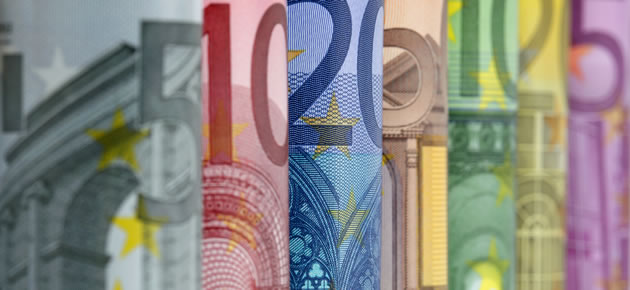The news that Russia has recalled troops occupied in a training exercise near Ukraine reduced investors’ appetites for higher-risk assets.
Consequently, the safe-haven US Dollar pared recent gains and declined against the Euro during the North American session.
Other so-called haven currencies, like the Japanese Yen and Swiss Franc, also edged lower.
As currency strategist Jeremy Stretch observed; ‘We’re seeing something of a reversal of yesterday so stocks are higher and the moves in Dollar-yen and Euro-Swiss are consistent with that. Russian military exercises are being completed for now. We remain susceptible to headline risk.’
Although the ‘Greenback’ was supported by positive non-manufacturing data for the US, the currency remained weaker against the Euro.
The ISM New York gauge came in at 57.0 in February, down from 64.4 in January but above the 50 mark separating growth from contraction.
Meanwhile, a measure of US economic optimism failed to rise by as much as forecast, climbing from 44.9 to 45.1 in March rather than reaching the 45.3 predicted.
Today the Euro was little changed following the release of the Eurozone’s producer price index.
The data showed a steeper decline in the region’s producer prices than forecast by economists.
The producer price index dropped by 0.3 per cent over the month and 1.4 per cent over the year verses expectations for a monthly decline of 0.1 per cent and a yearly fall of 1.3 per cent.
With the volatility of the situation in Ukraine easing, investors are beginning to turn their attention back to traditional market movers, like economic data releases.
While Friday’s non-farm payrolls report is the week’s most influential release from the US, Euro fluctuations could be sparked by a host of reports for the Eurozone, including tomorrow’s services/retail sales/growth figures.
Economists have forecast that the Eurozone’s seasonally adjusted gross domestic product rose by 0.3 per cent in the fourth quarter, quarter-on-quarter, and 0.5 per cent year-on-year.
Retail sales are expected to have climbed by 0.8 per cent in January following December’s shocking 1.6 per cent drop.
Any surprise results could impact the Euro.
US ISM non-manufacturing composite data and the ADP’s employment change report for February may dictate ‘Greenback’ movement ahead of Friday’s payrolls figures.
Investors will also be paying close attention to news out of China and monitoring developments in Ukraine.
Euro (EUR) Exchange Rates
[table width=”100%” colwidth=”50|50|50|50|50″ colalign=”left|left|left|left|left”]
Currency, ,Currency,Rate ,
Euro, ,US Dollar,1.3749,
,US Dollar,1.3749,
Euro, ,British Pound,0.8243,
,British Pound,0.8243,
Euro, ,Australian Dollar,1.5362,
,Australian Dollar,1.5362,
Euro, ,New Zealand Dollar,1.6401,
,New Zealand Dollar,1.6401,
Euro, ,Canadian Dollar,1.5226,
,Canadian Dollar,1.5226,
[/table]



